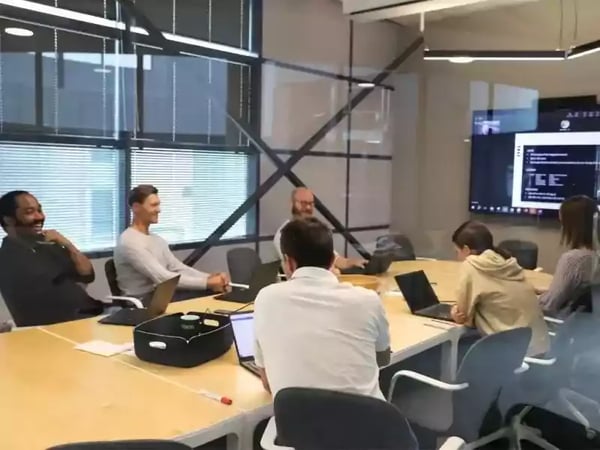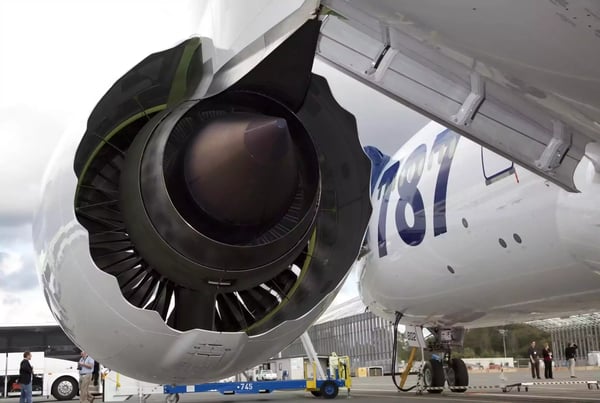Customer Success Function at QOCO includes setting customers up to reach their goals through project implementation, training, relationship building, and continuous support. We asked Heli Kivisoja and Janne Kulmala, our Customer Success Managers, to explain what happens after customers sign contract with QOCO. Read their blog to learn more.
What usually happens after customer signs an agreement with QOCO?
After the MROTools.io contract has been signed, the QOCO Sales representative and members from the Customer Success and Products Functions sit down together to go through the customer case and what has been agreed in the contract. Naturally at this point, the team is already fully aware of the prospective customers, but this handover is done to clarify any final questions and to make sure that the responsibility of the customer relationship is always clear within QOCO.
After the handover from the Sales to the Customer Success Team, the project manager is in contact with the customer’s project manager to agree the practicalities and to plan the next steps. At this stage, the general timetable, project team and project scope are confirmed in more detail. After the project planning has been done, the project is started by arranging a “Kick Off” meeting for the project team and relevant stakeholders.
How is training organized?
QOCO gives hands-on training to the customers, usually onsite at customer premises. This train-the-trainer session covers both the general user training as well as the administrative training. This enables the customer to train their own employees.
Before the training, QOCO sets up a dedicated test environment with the customer’s own data, where the customer can play with real life use cases in MROTools.io.
How long do projects usually last?
The project duration varies based on the customer commitment, requirements, data quality, IT setup and availability of the resources. In our experience, the projects normally last between 4 to 6 months, but even 2-3 months is possible.
Any challenges users experience during the project and how QOCO crew helps to overcome them?
The customers are mostly positively surprised by how easy and intuitive MROTools.io is to use. Some customers have even said that hardly any training is needed.
However, projects almost always have some surprises. Our fantastic team overcomes these together with the customer by planning the project well and having regular status meetings to follow-up on the progress of the project tasks. No doubt about it!
What happens after the project?
When a project is successfully completed and the customer is live with MROTools.io, the responsibility is handed over from the Project Team to the QOCO Continuous Services Team. They monitor the software’s performance, take care of alerts and issues experienced by the users.
5 SaaS project best practices from QOCO experts.
- Customer commitment
- Dedicated project team
- Open and honest communication
- Thorough testing by the customer
- Stick to the plan (but be ready to adjust if necessary)

 Ekaterina Vuorinen
Ekaterina Vuorinen
 If you are interested in knowing how you can improve your efficiency in maintenance operations, book a 30-minutes discovery call with us.
If you are interested in knowing how you can improve your efficiency in maintenance operations, book a 30-minutes discovery call with us.

.jpg?width=600&name=thumbnail_QOCO-CTS-BLOG-(logo-fix).jpg)